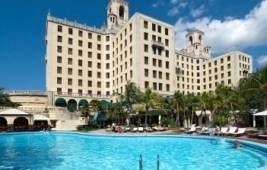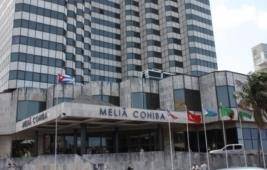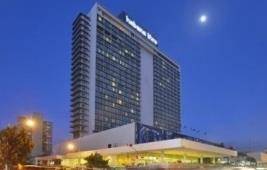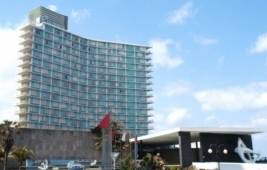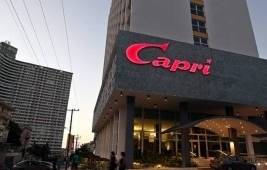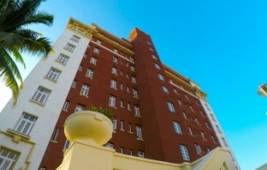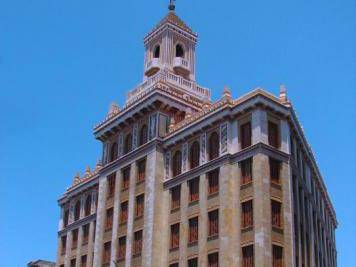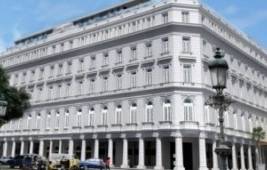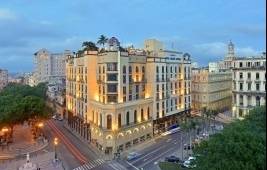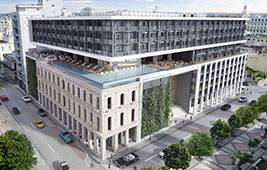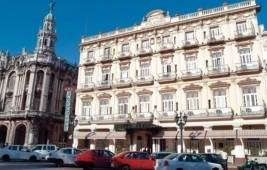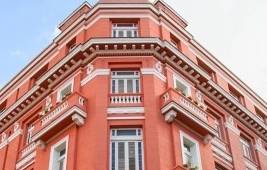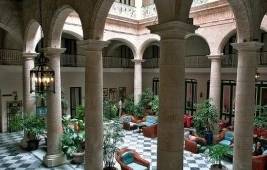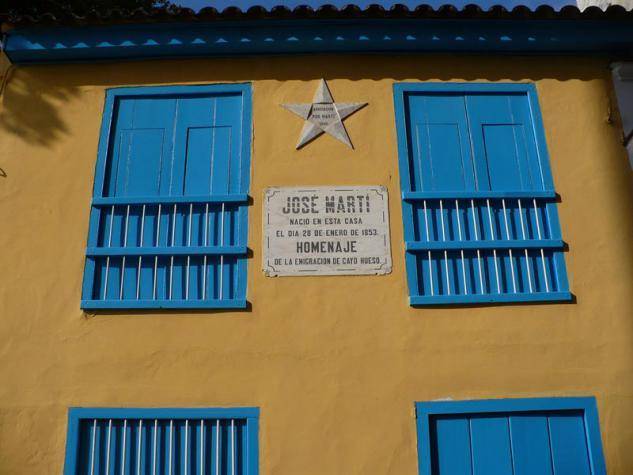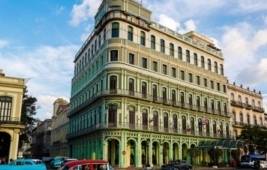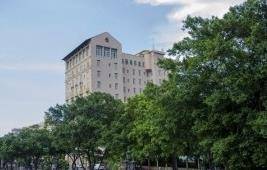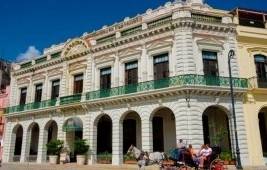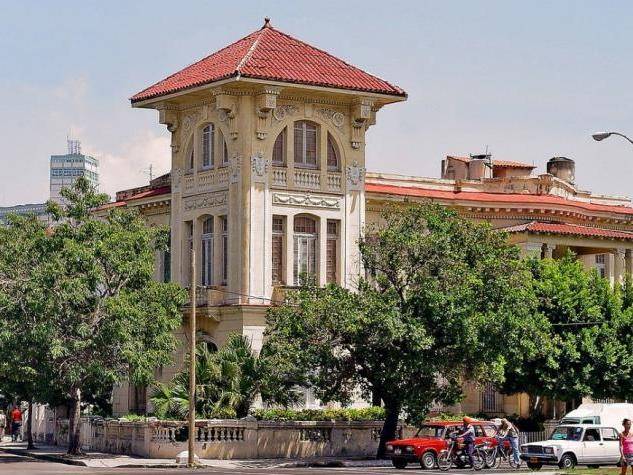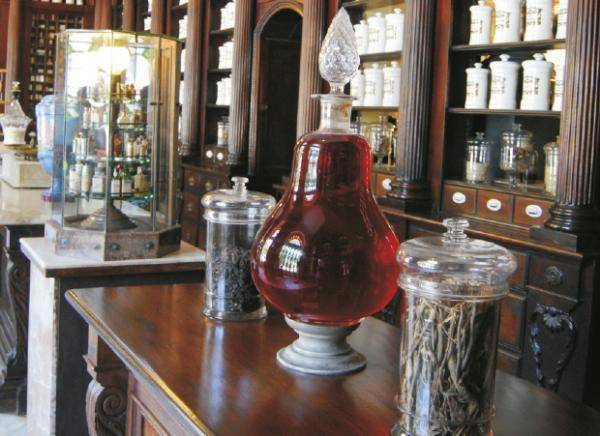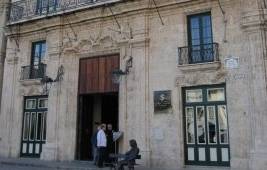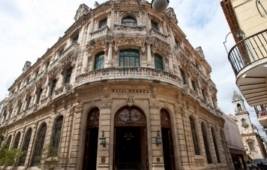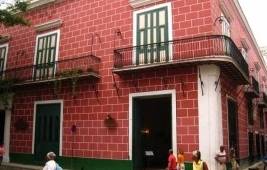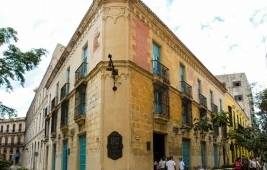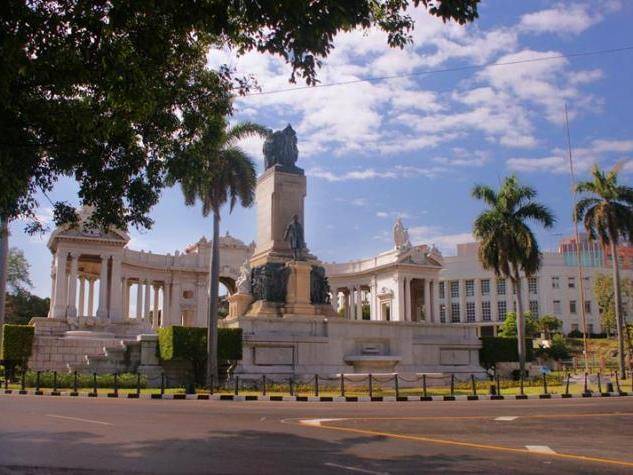
Avenida de los Presidentes Avenida de los Presidentes, Vedado, La Habana
The Avenida de los Presidentes de la Habana Avenue is located in the quarter of Vedado, Havana, surrounded by statues of important Latin American presidents, in the way of Las Ramblas of Barcelona. Among these statues are those of Salvador Allende, Simón Bolívar, and Benito Juárez. This wonderful avenue is known by Cubans as Calle G. To the north of Calle G is the Monument to Calixto García, a sculpture in honor of the brave Cuban general who US military leaders prevented from attending the Spanish surrender in 1898, in Santiago de Cuba. The statue represents the general riding a horse, and is surrounded by 24 bronze sheets telling the story of Calixto’s fight for the Independence of Cuba. At the south is the great monument to José Miguel Gómez, the second president of Cuba. Another one was dedicated to Tomás Estrada Palma, the first president of Cuba, who was considered a puppet of the US, however the only trace left of this statue is a couple of shoes on a pedestal. This place is quite lively during the evenings, when youngsters visit it looking to enjoy themselves with its guitars and drums. This atmosphere is especially present on Fridays, Saturdays, and Sundays.

